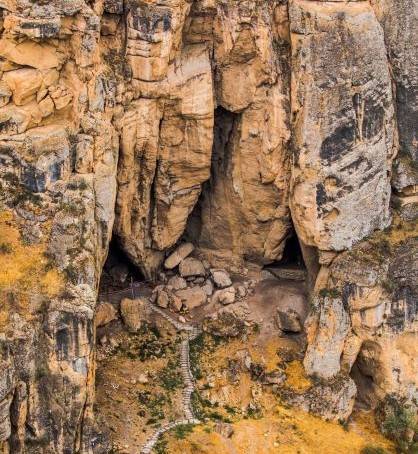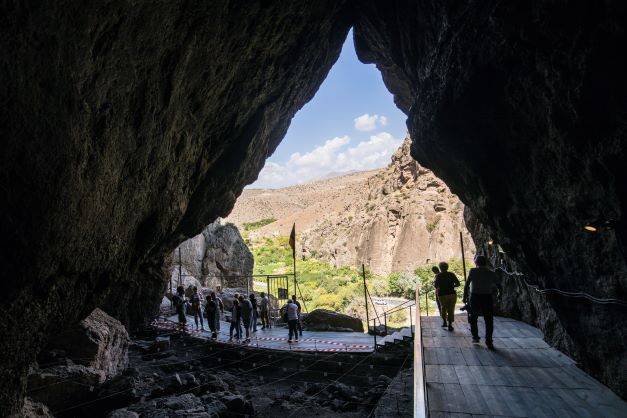About Us


About us
The "Areni-1 Cave" consortium was established in May 2017 as a partnership between two foundations, one Armenian and one American, with the goal of participating in a tender to lease the Areni-1 Cave in the Vayots Dzor region of Armenia for tourism purposes under the auspices of the Ministry of Culture of Armenia. If successful, the consortium will complete the program of studying, preserving, and using the cave for tourism purposes. The American foundation "Geffeller Renaissance Foundation" has been financing archaeological work in Armenia since 2001. The Armenian foundation "Preservation of the Genetic Diversity of Grapes and Traditional Winemaking," established in July 2016, focuses on preserving the genetic diversity of traditional grape varieties and studying viticultural and winemaking culture. In 2018, this foundation merged with the research foundation "Areni-1 Cave," which won the tender and continues the program of using the cave for tourism. The consortium also engages in the discovery, documentation, preservation, and promotion of the archaeological heritage of the Arpa River valley. Together with the Institute of Archaeology and Ethnography of the National Academy of Sciences of Armenia and international expeditions, archaeological surveys and excavations are conducted in several communities of Vayots Dzor (Yelpin, Chiva, Areni, Gnishik, Rind, Yeghegnadzor, Agarakadzor, Aghavnadzor, Karaglukh, Salli). These efforts have led to the discovery of dozens of previously unknown monuments, settlements, religious structures, and hydraulic engineering objects. The research helps to reveal ancient agricultural landscapes, methods of farming and crafts, beliefs, and rituals, which are of interest to tourists. Some of the documented sites, such as the rock complex of Yelpin, the Areni-2 cave, and the industrial complex of Gnishikadzor, are undergoing systematic excavations and could become tourist attractions. The organization works in several areas: research, cultural, environmental, community development, and information. It believes that the best way to preserve archaeological heritage is through the development of scientific tourism and the capitalization of data obtained from research. The goal is to ensure a complete chain from discovery and documentation to popularization and turning monuments into tourist attractions with the necessary infrastructure, exemplified by the Areni-1 cave.



